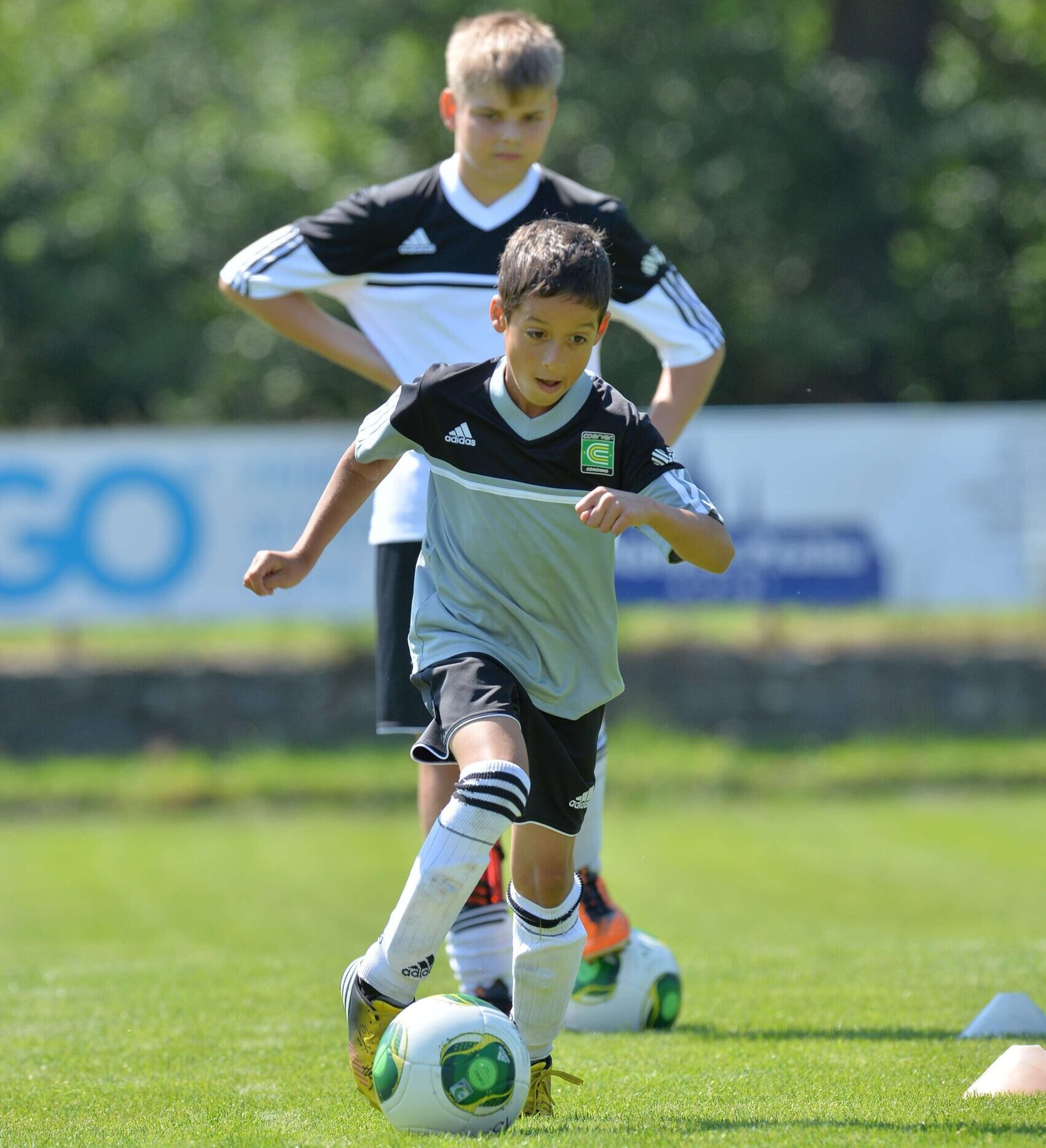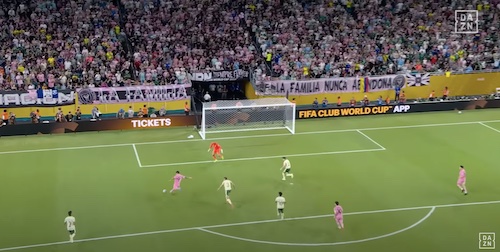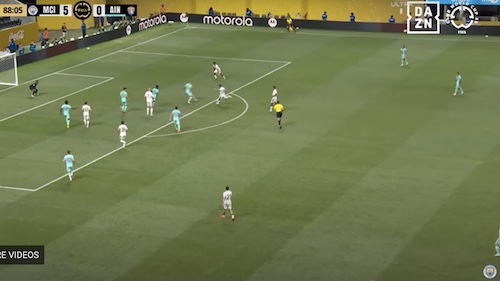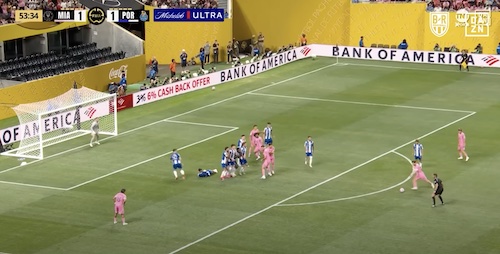Best youth soccer practices: For a young soccer player, a poorly organized soccer practice is not his idea of good fun and recreation. As youth players are often more impatient and energetic than older players, it is important to sustain their interest, and holding haphazard practices where you keep changing things on the fly is not the way to do so.
Good organization leads to eventual improvement and players getting the most out of their soccer skills, but poorly organized practices can lead to young players getting bored, knowing that you have just wasted their time.
Here are six tips that should help you get the most out of your youth team’s practices, and leave them with the feeling that their time with you as their soccer coach is time well spent.
1. Avoid doing too many things in one soccer practice. For example, if you try teaching offense, defense and goal scoring strategies on the same day, players will end up confused, not knowing where to focus on, and eventually frustrated. Never try to spread yourself too thin. The best way to teach new soccer skills would be to focus on one per practice, no more than that, which would lead us to the next tip.
2. As stated above, teach one new soccer skill at a time rather than cramming in so many new skills in the span of one practice session. Young players normally have the capacity to handle one skill per session, and it’s important to focus on several drills for one specific skill rather than different drills for different skills at the same time.
3. Demonstrate the skill, or have someone with experience do it for you. This may be an old youth soccer teammate of yours from back in the day, or a local semi-pro or professional willing to pitch in. However, most youth soccer drills can easily be demonstrated, even by non-players, so having someone pitch in may not always be necessary.
4. Have your players try it out for themselves, first on their own and next with someone trying to stop them on defense, or trying to score or move against them on offense. By dividing your team into two groups of eleven, you can simulate game-day situations and pressure quite easily.
5. After you’ve taught the skill and your players have given it a try, have them repeat the skill again to make sure that they follow through. It is best to have them review and repeat right after you have trained them on the skill.
6. Finally, make sure you keep things as light as possible while still making sure that they learn. Youth players feel the need to have fun while practicing, so avoid stuffing them up with soccer jargon or acting too heavy-handed at practice. Start with the basics, speak to them in a way they can understand easily, and keep things fun and fast-paced to maintain their interest in the game.
Watch this video of Manchester City’s tiki taka training session.















